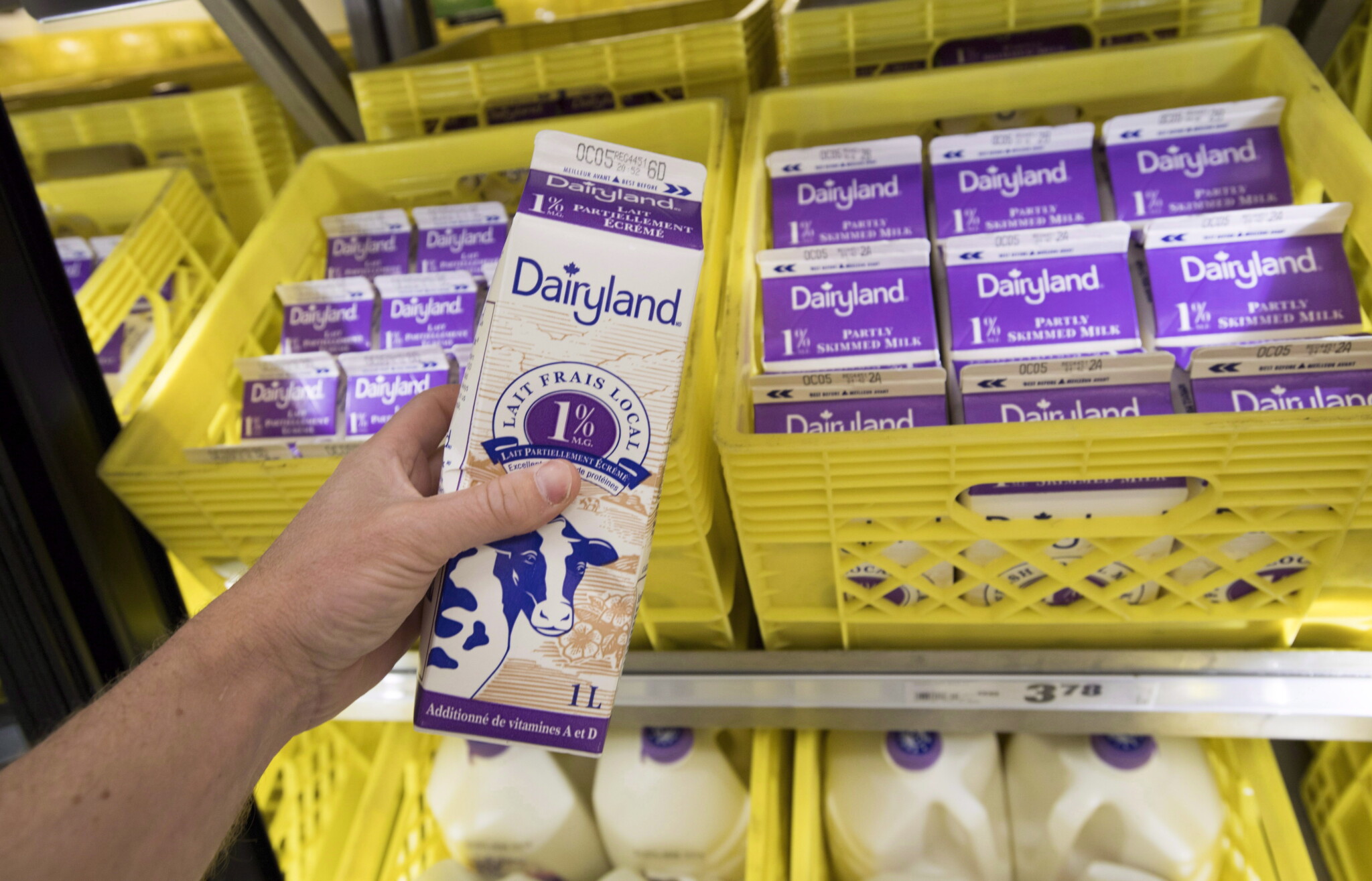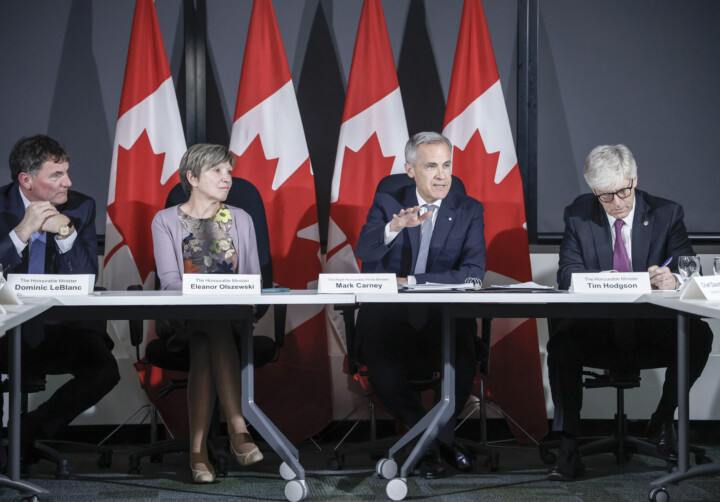A new report from Statistics Canada estimates that 15 percent of Canadian households experienced some sort of food insecurity in 2022. After relative stability from 2017-2021, the Canadian Community Health Survey reports that not only was the figure up in 2022, but the severity of food insecurity increased as well.
Now, for many, while this data is troubling, it isn’t shocking. There isn’t a month that goes by where we don’t see headlines highlighting food bank shortages. And while there are a lot of factors at play in terms of the affordability of food, one uniquely Canadian policy that inflates the cost of food is supply management. Supply management is, of course, the system of quotas and tariffs that limits domestic production of dairy products, chicken, turkey, and eggs and discourages imports via high tariffs, thus producing less choice and higher prices for consumers.
Peer-reviewed research from 2015, when general inflation was moderate and food insecurity stable, showed that supply management artificially inflates prices for Canadian consumers, adding upwards of $500 to the average family’s grocery bill each year, which in turn pushes between 133,000 and 189,000 Canadians below the poverty line. These figures are likely much higher today in our current economic climate, given that supply management is still in place, and the products covered by it are still staples for Canadians coast to coast.
But, just when you thought this outdated system couldn’t get any worse, a new study was published that outlines just how wasteful supply management really is. Yes, the government trying to manage supply through quotas and tariffs is, ironically enough, inefficient at properly managing that supply. How much so? By about 6 billion litres since 2012. Yes, billions of litres. With a “B.”
The research, published in the Journal of Ecological Economics, estimates that the volume of surplus milk that is poured down the drain on Canadian farms is more than 6.8 billion litres of milk, valued at $6.7 billion. This is enough milk to supply 4.2 million people annually, which is 10 percent of the Canadian population. Given the state of food insecurity in Canada, one would assume that this surplus milk would be processed and donated to food banks, or processed and sold at lower prices to eliminate that waste. But no, not in Canada, because supply management is built to restrict supply and keep compensation high for farmers. What a lost opportunity.
Not only is this a disaster for Canadian consumers, but it’s also terrible from an emissions standpoint. The authors of that study estimate that the CO2 emissions from that wasted milk is around 8.4 million tonnes. The average Canadian produces around 15 tonnes of CO2 emissions per year, which means that the waste milk in Canada’s supply management system accounts for the average emissions of 560,000 Canadians. Quebec City, for reference, has an estimated population around 560,000, which means that the emissions from wasted milk since 2012 are about the same as the emissions of Quebec’s provincial capital last year.
Beyond being costly for Canadian consumers and wasteful, it’s also a thorn in our side every time Canada attempts to negotiate a trade deal abroad. Time and time again we protect this archaic system, which compounds its inflationary nature by denying Canadians access to international competition, not just for dairy, but for all goods that would have otherwise been included in prospective free trade deals. And, as a result of this protectionism, Canadian farmers are denied the opportunity to export their products abroad.
Doing away with supply management would mean more competition for dairy farmers but it would also mean more export opportunities abroad. With globalisation lifting hundreds of millions of people worldwide out of poverty and into the middle class, demand for these products has risen. Consumption of dairy, chicken, and eggs have all increased over the past decade as a result of new demand from the global middle class that is only expected to continue. New trade deals would allow Canadian farmers to sell their products to this new group of consumers—leading Colin Carter and Pierre Mérel in the Canadian Journal of Economics to conclude that “supply management may no longer be beneficial to domestic producers of the supply‐managed commodities.”
The new data on milk waste should be the straw that breaks the camel’s back. Unfortunately, our sacred cow of supply management still stands, but it should be thrown into the trash heap of bad policies of yesteryear.










